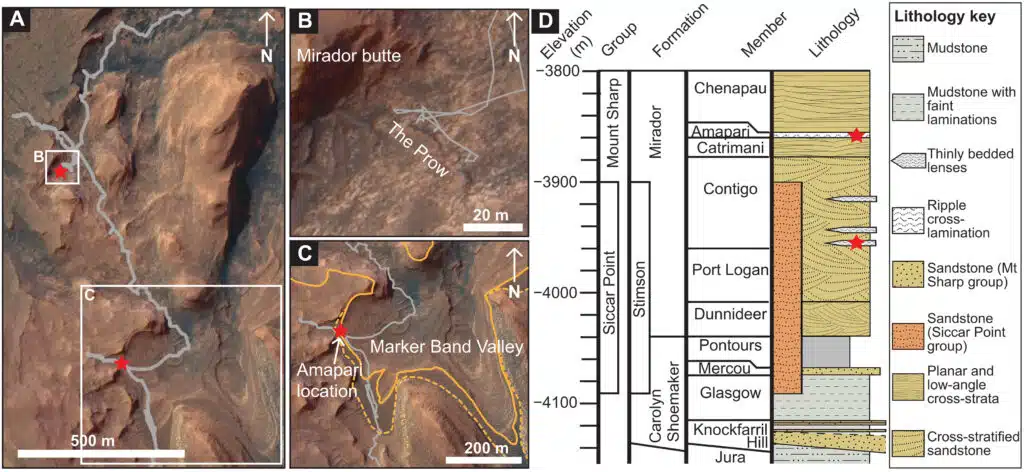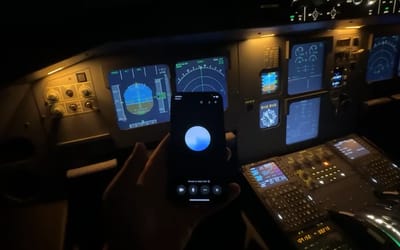NASA’s Curiosity rover discovers something huge that could rewrite the planet’s history
- NASA’s Curiosity Rover has gathered some interesting information
- The Rover has picked up liquid water ripples in rock
- But what does this mean?
Published on Feb 19, 2025 at 8:07 PM (UTC+4)
by Grace Donohoe
Last updated on Feb 20, 2025 at 10:51 AM (UTC+4)
Edited by
Tom Wood
NASA has made a groundbreaking discovery on the planet Mars after the Curiosity rover discovered ‘ripples’ in the Red Planet’s rock.
OK, it’s not exactly little green men, but it’s definitely still interesting to the scientists.
But what does this mean for Mars, and will it change anything?
Let’s delve a bit deeper, shall we?
Liquid ‘ripples’ discovered by NASA amongst Mars’ rocky terrain
According to NASA: “Mars was once a very wet planet as is evident in its surface geological features.
Scientists know that over the last 3 billion years, at least some water went deep underground.”
That’s particularly interesting, because where there’s water, there tends to be life.
So, what has the rover found now?
It discovered ripples on the rocks that could be indicative of the presence of water.
This throws a spanner in the works as the planet was previously believed to have an icy atmosphere.
Previous Martian climate templates suggest that the planet was covered with ice, which is to say, not liquid water that would produce ripples.
Women are from Mars – but other life could have been developing too
This groundbreaking find – or should that be ground-rippling? – means that researchers are now led to believe that the extended time frame of the liquid water could mean a larger window where life could have evolved on Mars.
Again, there no indication of little green men yet.

A journal called Science Advances published the study and the findings were explained.
The journal stated: “Symmetrical wave ripples identified with NASA’s Curiosity rover in ancient lake deposits at Gale crater provide a key paleoclimate constraint for early Mars: At the time of ripple formation, climate conditions must have supported ice-free liquid water on the surface of Mars.
“These features are the most definitive examples of wave ripples on another planet.
“The ripples occur in two stratigraphic intervals within the orbitally defined Layered Sulfate Unit: a thin but laterally extensive unit at the base of the Amapari member of the Mirador formation, and a sandstone lens within the Contigo member of the Mirador formation.
“In both locations, the ripples have an average wavelength of ~4.5 centimeters.”
The beds where the water was thought to have appeared formed a whopping 3.7 billion years ago.
With this new information, you can let your imagination run wild and imagine the kind of life that could have appeared on the red planet.
DISCOVER SBX CARS: The global premium car auction platform powered by Supercar Blondie




